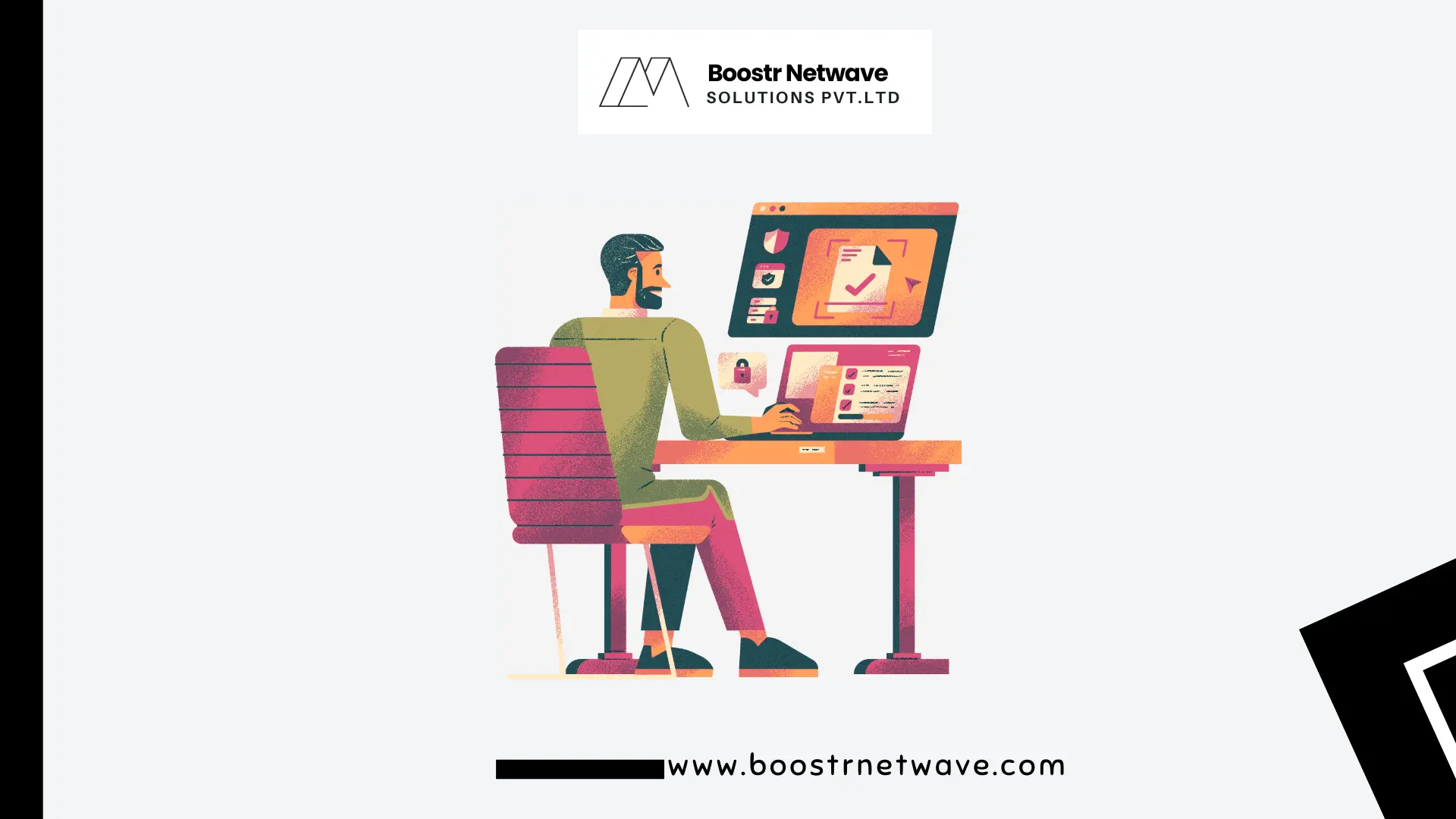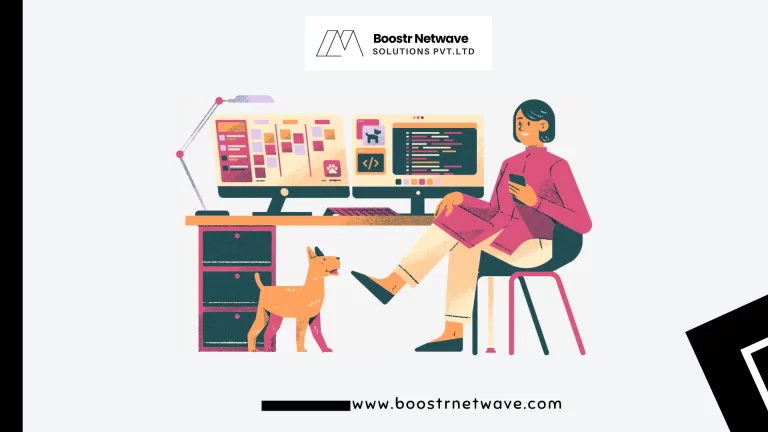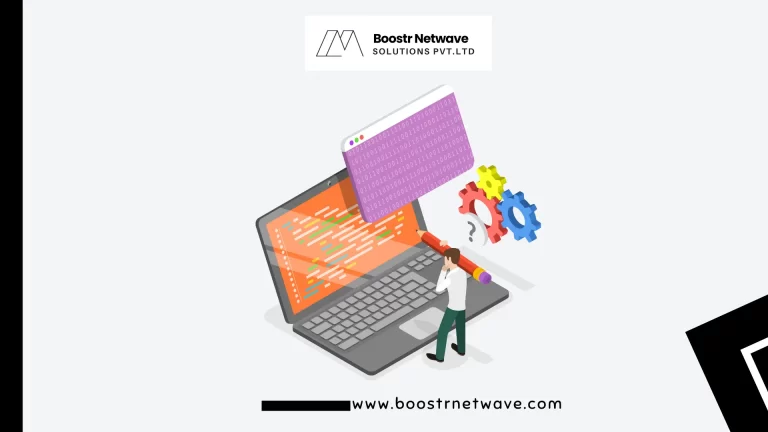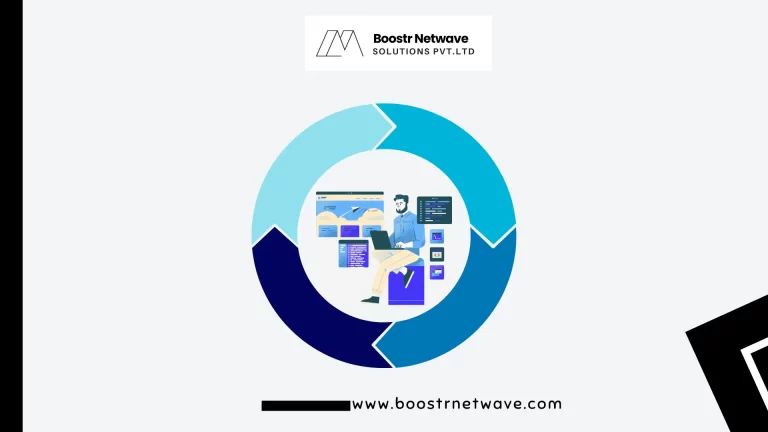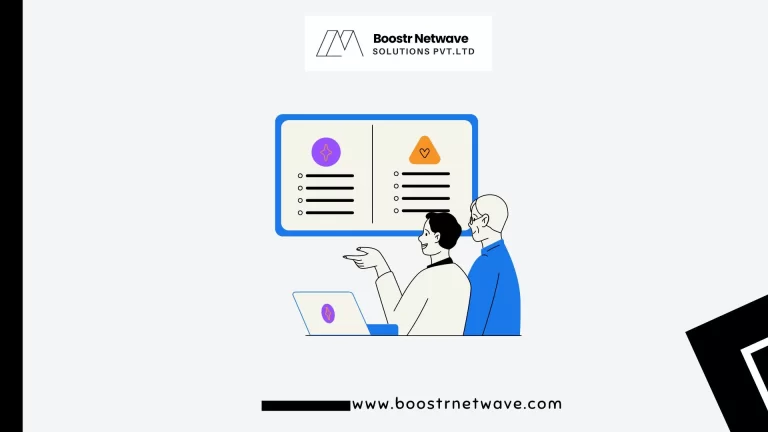Being at the cutting edge of software development is crucial in our rapidly changing digital age. The techniques and resources we use to develop software also change along with technology.
The software development industry will be shaped by several major themes in 2024. Now let’s analyze the top 5 software development trends in 2024 that you should be aware of.
1. Artificial intelligence and machine learning integration
The increasing role of AI in development
While machine learning (ML) and artificial intelligence (AI) have long been buzzwords, their importance in software development has increased. Artificial Intelligence is not just a futuristic technology idea; it’s a useful instrument revolutionizing software development.
AI-powered code generators
AI-powered code generators are among the most fascinating technological developments. The development process can be greatly accelerated by these tools, which can write code based on high-level specifications provided by developers. Imagine a scenario where hard-coding duties are mechanized, freeing up engineers to concentrate on the more complex and imaginative facets of their projects.
Machine learning in quality assurance
Quality assurance (QA) is likewise being revolutionized by machine learning. ML algorithms can forecast possible flaws and vulnerabilities by evaluating enormous volumes of test data, which increases the effectiveness and dependability of QA. Because of these predictive capabilities, the software is guaranteed to be reliable and secure before it even reaches human testers.
2. Low-code and no-code development
What are low-code and no-code platforms?
Low-code and no-code platforms are designed to simplify software development, allowing non-developers to create applications with minimal coding knowledge. These platforms use visual interfaces and pre-built templates to streamline the development process.
Benefits of low-code and no-code solutions
These platforms’ main advantage is their speed. They make it possible to prototype and develop ideas quickly, which is particularly helpful for startups and companies that need to roll out solutions quickly. They also reduce the entrance barrier, enabling a greater number of people to create software without the requirement for advanced programming knowledge.
Popular low-code/no-code platforms in 2024
In 2024, some of the most popular platforms include OutSystems, Mendix, and Microsoft Power Apps. These platforms offer robust tools for building everything from simple apps to complex enterprise solutions, making them indispensable in modern development environments.
3. DevOps and Agile transformation
Evolution of DevOps practices
DevOps, the practice of combining software development (Dev) and IT operations (Ops), continues to evolve. The focus is on continuous integration, continuous deployment (CI/CD), and automated testing. These practices ensure that software is always in a deployable state, reducing the time between writing code and deploying it to production.
DevSecOps – security integration
The development of DevSecOps, which incorporates security procedures into the DevOps pipeline, is a noteworthy trend in the field of DevOps. With this method, security is considered from the beginning of the design process through deployment. Organizations can more successfully defend their software against new threats by integrating security into the development process.
Agile frameworks in modern development
Agile methodologies remain at the forefront of software development, with frameworks like Scrum and Kanban being widely adopted. These frameworks promote flexibility and iterative progress, allowing teams to adapt to changes quickly and deliver high-quality software faster.
4. Edge computing and IOT integration
Understanding edge computing
Edge computing involves processing data closer to where it is generated, such as on IoT devices, rather than sending it to a centralized cloud server. This approach reduces latency, enhances performance, and improves the reliability of applications.
Edge computing vs. cloud computing
While cloud computing centralizes data processing in remote servers, edge computing decentralizes it to the “edge” of the network. This difference is crucial for applications requiring real-time data processing, such as autonomous vehicles and smart cities, where every millisecond counts.
Impact of IoT on software development
The demand for edge computing is being driven by the growth of IoT devices. In order to ensure perfect data flow and integration, developers now need to think about how their applications will interact with an array of connected devices. Software development is being pushed by this trend, which calls for new methods and capabilities.
5. Blockchain Technology Beyond Cryptocurrencies
Blockchain for enhanced security
The technology known as blockchain, which powers cryptocurrencies, is being used for purposes other than virtual money. It is perfect for improving security in a variety of areas due to its decentralized and unchangeable character. Blockchain is starting to become a vital part of modern software development, serving as a safeguard for digital identities and data integrity.
Smart contracts and decentralized applications (DApps)
Smart contracts are self-executing contracts with the terms directly written into code. They automatically enforce agreements, eliminating the need for intermediaries. DApps, built on blockchain platforms, offer decentralized alternatives to traditional applications, promoting transparency and user control.
Blockchain in supply chain management
One of the most promising uses of blockchain is in supply chain management. By providing a transparent and immutable record of transactions, blockchain ensures traceability and accountability throughout the supply chain. This technology is revolutionizing industries by increasing efficiency and reducing fraud.
Conclusion
In 2024, software development is more dynamic than ever. The integration of AI and ML, the rise of low-code and no-code platforms, the evolution of DevOps and Agile practices, the impact of edge computing and IoT, and the expanding role of blockchain technology are all shaping the future of development. Staying updated with these trends is not just beneficial but essential for anyone in the field. Embrace these changes, and you'll be well-equipped to tackle the challenges and opportunities that lie ahead.
Ready to boost your business Schedule a meeting now and let’s discuss your growth strategy! 📈🙂
FAQs
Q1:- What is the most impactful software development trend in 2024?
While all of the topics highlighted are relevant, AI and Machine Learning integration may have the most influence due to their capacity to improve multiple parts of development, including code generation and quality assurance.
Q2:- How does artificial intelligence (AI) influence software development?
AI influences software development by automating coding tasks, boosting quality assurance through predictive analysis, and optimizing development workflows, all of these increase efficiency and reduce errors.
Read More:- How To Choose Right Software Development Partner?
Read More:- How AI Can Help In Sales And Marketing?
Read More:- How To Use Machine Learning Algorithms For Marketing?
Read More:- Best Practices For Sustainable Marketing Strategies

